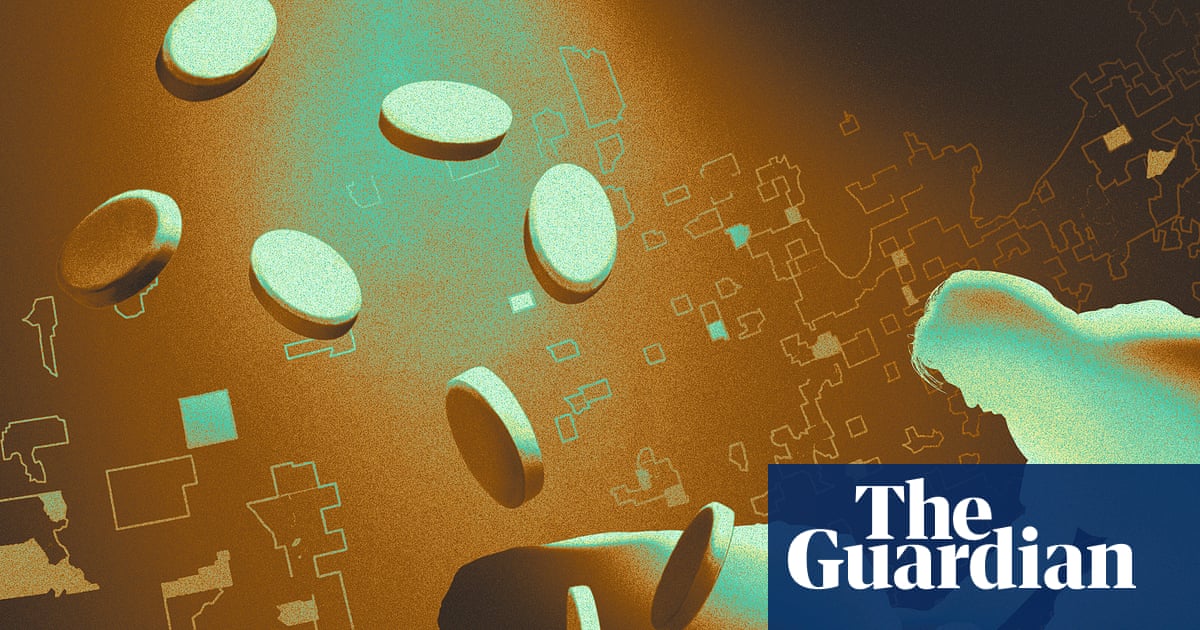Orcas are known for their advanced hunting skills, but a recent discovery has shown an unexpected side to their predatory behavior. Filmed by the BBC in their documentary series Parenthood, the footage reveals a previously unobserved training tactic where orcas simulate drowning one of their own in what appears to be a mock hunting exercise. This behavior, captured off the coast of Bremer Bay in Australia, provides new insights into orca hunting strategies and their intricate social structures.
The Discovery: A New Hunting Strategy Unveiled
Orcas have long been recognized as one of the ocean’s most sophisticated predators, capable of hunting a wide range of marine life, including sharks and even large whales. However, the latest footage shocked researchers and marine biologists alike. In a dramatic sequence, a pod of orcas is seen repeatedly submerging a juvenile orca beneath the water’s surface. Initially mistaken for play, it soon becomes clear that this behavior serves a far more practical purpose: training for future hunts.
The young orca being submerged was not in danger—this was a carefully orchestrated drill designed to teach the younger members of the pod how to effectively control the breathing of their prey. This technique is vital for hunting large animals, such as the blue whale, which orcas occasionally target. For the first time, scientists have witnessed orcas simulating the kind of intense pressure required to subdue a massive prey item by preventing it from breathing.
Training for the Big Hunt: Preparing for the Blue Whale
The importance of this behavior lies in its purpose as an educational tool. Unlike most animals that learn hunting through trial and error, orcas employ a more structured method, where adults pass on crucial survival skills to the younger generations. The orcas’ training technique is designed to perfect their teamwork and synchronization, two key components that are necessary for bringing down such large and powerful animals.
In these mock training sessions, the young orca is forced to hold its breath while its pod mates simulate an attack. This mimics the necessary conditions for hunting a whale, where orcas work in unison to exhaust and overpower their prey. The simulated drowning behavior, while dramatic, is essential for teaching the young orcas how to endure the pressure and stress of such a formidable hunt. These tactics, passed down from generation to generation, are vital for the survival of the pod in a highly competitive environment.
The Role of Education in Orca Social Structure
Orcas live in tight-knit family units, often led by a matriarch, and exhibit a highly complex social structure. Within these groups, knowledge and skills are shared, not only for survival but for the continued success of the pod. The mock drowning technique is just one example of how orcas engage in cooperative learning to ensure that their younger members grow up with the expertise required for survival.
These social structures make orcas unique among marine mammals. Their family units are not merely about protection or companionship; they are a vital part of the orcas’ ability to thrive in the wild. By teaching the next generation essential hunting techniques, orcas are demonstrating the depth of their intelligence and their reliance on collaboration.
Source link


